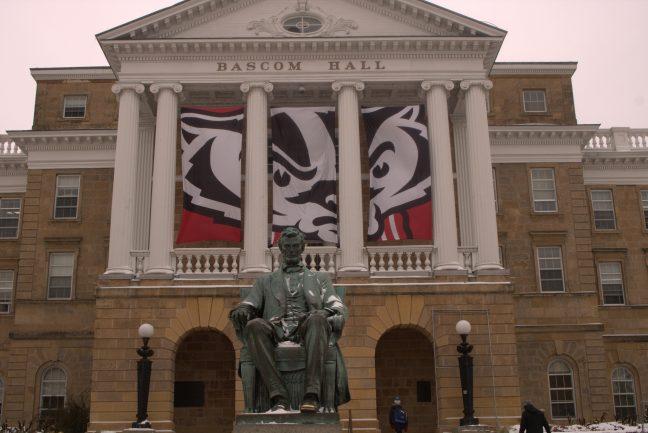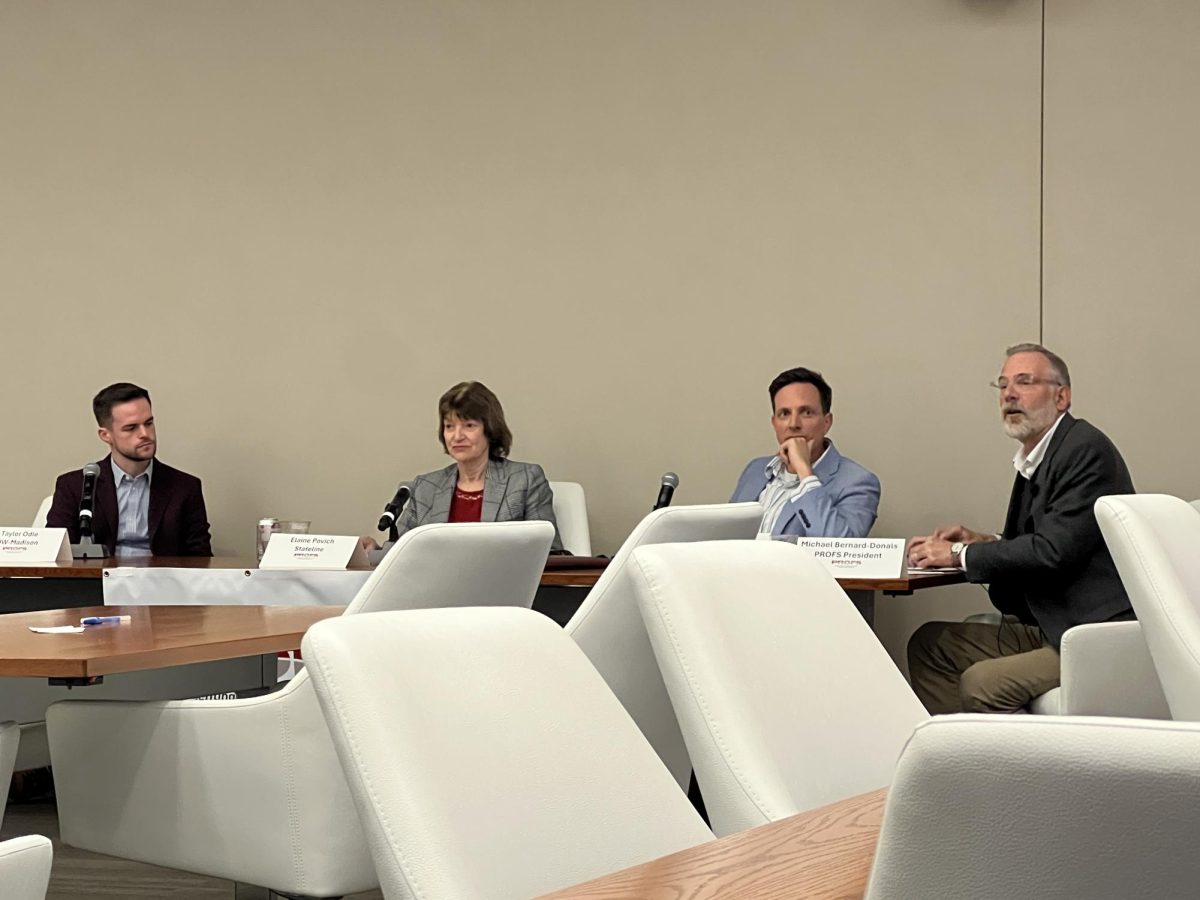Eighteen months after two-year University of Wisconsin branch colleges merged with four-year UW campuses, a consistent decline in enrollment still poses a threat to the smaller UW branch schools.
The schools which merged with the larger four-year campuses — namely UW-Whitewater at Rock County, UW-Platteville at Baraboo/Sauk County and Richland, UW-Eau Claire at Barron County, UW-Green Bay at Manitowoc, Marinette and Sheboygan, UW-Milwaukee at Washington County and Waukesha, UW-Stevens Point at Marathon County and Marshfield/Wood County and UW-Oshkosh Fond du Lac and Fox Valley — came under new administration in 2018 in order to address the issue of declining enrollment, according to the UW System website.
UW System Director of Media Relations Mark Pitsch spoke about why the branch schools were restructured.
“Our restructuring plan was designed to maintain access and increase opportunity across Wisconsin, but especially at our two-year campuses,” Pitsch said. “We secured accreditation and enhanced transferability between campuses.”
Though Pitsch said the branch schools are now seeing new four-year programs, new pathways to degrees and a preliminary increase in applications for fall 2020 due to the merger, the schools continue to yield significantly low enrollment rates thus far. Seven of the branch campuses saw their lowest enrollment rate since 1973, where 7,496 students were enrolled. As of fall 2019, enrollment for the twelve branch campuses reached only 7,286 students, according to the Wisconsin State Journal.
UW Presidential Search Committee to allow non-academic applicants
While the branch schools face other lurking issues such as tuition freezes, fee raises and consistent budget cuts, low enrollment rates pose the greatest risk in terms of the ability for the campuses to remain open. Ensuring such access points to higher education throughout Wisconsin is critical to the state’s prosperity, Pitsch said.
UW System President Ray Cross spoke about the importance of keeping campuses open to the Wisconsin State Journal.
“We’re committed to maintaining these campuses,” Cross said. “We’re going to do everything we can. It’s just too important. These communities need them.”
Cross’ statement may hold true from a research standpoint. In order to analyze the impact of areas which have scarce resources for higher education, UW Associate Professor Nicholas Hillman, who leads the Student Success Through Applied Research Lab, began to study “education deserts,” or communities which lack a post secondary institution, along with his doctoral students Jared Colston and Josh Bach-Hanson.
UW System Board of Regents considering tuition increases in next budget biennium
Primarily, Hillman found the average person does not travel further than 25 miles to obtain a post-secondary education, Colston said. Thus, Colston said they became interested in exploring the areas in which there is not a college within 25 miles. In order to do this, Colston said the researchers studied “commuting zones,” which were originally used by the U.S. Department of Agriculture to better capture local labor markets and economic areas.
The team counted and aggregated the institutions in commuting zones, Colston said. The team altered their definition of an education desert because they are looking at broader access institutions Colston said.
“We’re interested in these institutions that are serving their community by having a greater than 80% admission rate,” Colston said.
Colston said such broad access institutions better serve their communities due to their increased accessibility. A county is deemed an education desert when an area offers less than two broad access institutions, according to the Wisconsin State Journal.
Though Colston said the widespread effects of education deserts are still not completely certain, it is evident when communities lack a broad access institution, the ability to obtain a post-secondary education diminishes.
“On average people aren’t traveling too far, so the impact of these education deserts is that these areas … don’t necessarily have the ability of these institutions the way other commuting zones do,” Colston said.
The impact is a disproportionate availability of this resource due to its lack of availability to certain areas, Colston said.
The notion of the education desert is not unique to Wisconsin, Colston said. Yet, Wisconsin is a good place to study such effects due to its robust rural population, Colston said.
Based on the researchers’ definition of an education desert, Colston said possible UW branch school closings would not create education deserts in Wisconsin. Nevertheless, the loss of such schools would still impact those who live in such areas.
“If one of these branch campuses — which is the only institution in the entire county — closes, the people in that county can travel two counties over as long as they stay in the same commuting zones,” Colston said.
Though, this creates an “undue hardship” for people other communicating zones do not have, Colston said.

















